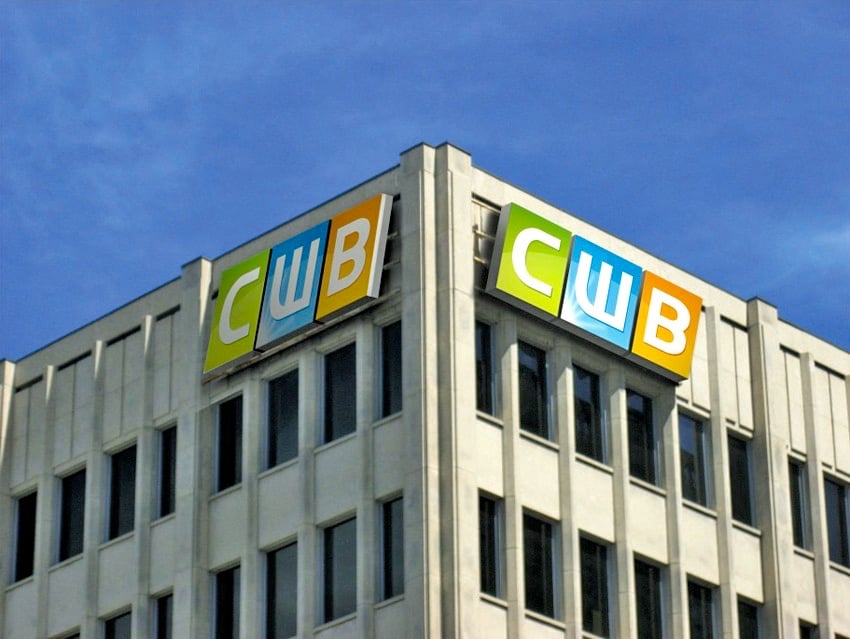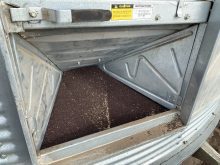The farmers’ equity component is perhaps the most puzzling aspect of last week’s announcement that CWB has been sold.
We can see the advantages to the Harper government of getting the company off its books. Moving the western Canadian grain-marketing system to an open market was an election promise that came with baggage; the administration ideologically opposed to government intervention wound up owning and propping up an itty-bitty grain company going head to navel with the private trade.
The fact that one of the partners in this new deal — the Saudi Agricultural Land and Livestock Investment Company (SALIC) — is a wholly owned subsidiary of the Saudi Arabian government is too rich for words.
Read Also

Manitoba sclerotinia picture mixed for 2025
Variations in weather and crop development in this year’s Manitoba canola fields make blanket sclerotinia outlooks hard to pin down
They have deep pockets and a vested interest in Canadian grain getting to export. The desert kingdom realized a few years ago the region doesn’t have enough water to produce all its own grain, so it’s been investing heavily overseas to secure supplies. Saudi Arabia imports more than nine million tonnes of barley a year, which may explain some of its interest in Canada.
We can see the benefits to Bunge Canada, the majority stakeholder in the newly formed Global Grain Group (G3) that will own 50.1 per cent of CWB when the deal closes in July. Bunge, already a player in export terminals and canola processing, gains a toehold in the Prairie grain-handling system and a source of wheat for its U.S. mills.
We can also see the advantages of bringing another competitive grain buyer onto the scene, especially one with international connections. But that said, CWB is breaking into a mature industry known for razor-thin margins. All the CWB export terminal capacity is in the East, putting it at a disadvantage in the larger market off the West Coast. With owned and planned country capacity of less than four per cent of the Prairie total, it’s got a tough road ahead.
CWB says it plans to continue delivering through other companies, but we don’t know how that’s going to work out. Does Wal-Mart carry President’s Choice products?
That brings us to the other “partner” in this deal — the farmers’ equity trust.
Farmers who deliver to CWB will be allocated $5 per tonne in equity in the partnership. That equity will be held in a trust for a minimum of seven years or until the trust, which owns 49.9 per cent of the company, is fully allocated.
After seven years, G3 has the option to buy out the farmers’ equity at fair market value. However, farmers don’t have the opportunity to dispose of it unless they retire or die.
There are some similarities to the patronage equity farmers once earned in the now-defunct grain co-ops. But there are also important differences:
- They don’t pay tax on their equity until and unless they make money from it;
- Although the farmers’ trust is overseen by three trustees, one of which will be appointed to CWB’s seven-member board of directors, there is no process for farmers to choose those trustees or influence the company direction.
“We want a trustee that is responsible, that has financial literacy, that understands the obligations of being a trustee and beyond that, we will determine who the trustees will be,” said an official during the technical briefing. Being a farmer isn’t on that list of criteria.
So even those who are philosophically in favour of owning a piece of the grain-handling pie have to step back and consider how much “ownership” and what value this proposition represents.
CWB says the $5 per tonne in equity is awarded at no cost to farmers. But will the new CWB be paying an “on-the-driveway” price that matches the competition’s plus the $5-per-tonne equity, or minus? If the farmer is delivering into a pool, how does one know?
And how have those voluntary pools been performing anyway? That information has been deemed “commercially sensitive” and hasn’t been released. We suspect if they’d been wildly successful we’d be hearing about it.
Based on average total deliveries of 35 million tonnes a year and its current share of elevator capacity, CWB’s handle will be about 1.36 million tonnes annually for an equity allocation of $6.8 million. At that pace, it would take 36 years to build the farmers’ equity to 49.9 per cent or $250 million.
While some farmers have questioned why they could be forced to sell their equity stake after seven years, perhaps the more relevant question is how long might they be forced to hold on to it? At least with Air Miles you can go on a holiday.
All of the platitudes about “exciting opportunities” aside, getting rid of the single-desk monopoly wasn’t about giving western Canadian farmers another grain company. It was about giving them marketing freedom. In that spirit, we expect they’ll be voting on this proposition with their trucks.




















